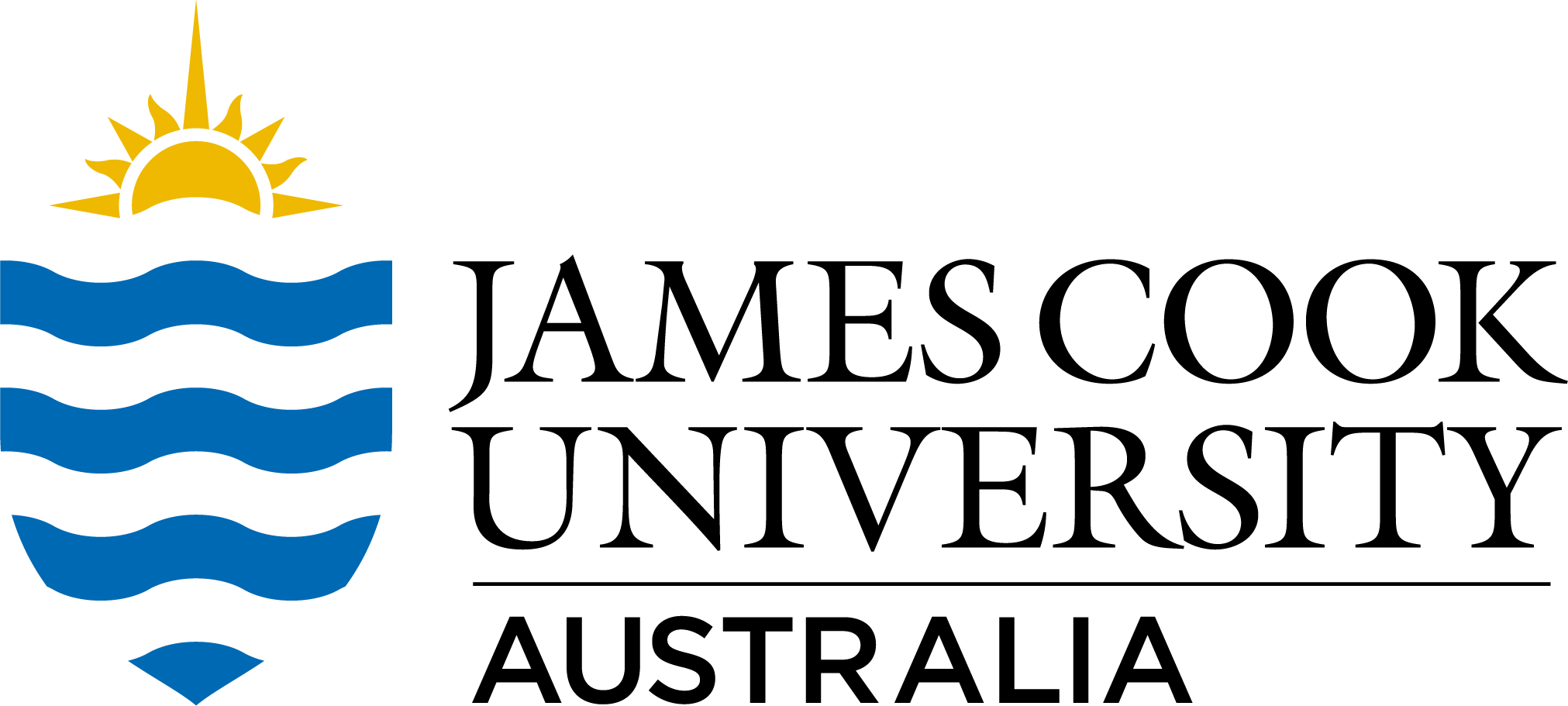Brief description
The mosquitoes responsible for malaria transmission in Santa Isabel, Solomon Islands were investigated. This work was conducted because very little information about the biology and behaviour of mosquitoes has been previously recorded in the area, and was needed to develop a malaria elimination program for the province. Anopheles farauti was identified as the main coastal vector with An. solomonis as a possible inland vector.
Full description
Background: In 2009, Santa Isabel Province in the Solomon Islands embarked on a malaria elimination programme. However, very little is known in the Province about the anopheline fauna, which species are vectors, their bionomics and how they may respond to intensified intervention measures. The purpose of this study was to provide baseline data on the malaria vectors and to ascertain the possibility of successfully eliminating malaria using the existing conventional vector control measures, such as indoor residual spraying (IRS) and long-lasting insecticidal nets (LLIN). Methods: Entomological surveys were undertaken during October 2009. To determine species composition and distribution larval surveys were conducted across on the whole island. For malaria transmission studies, adult anophelines were sampled using human landing catches from two villages - one coastal and one inland. Results: Five Anopheles species were found on Santa Isabel: Anopheles farauti, Anopheles hinesorum, Anopheles lungae, Anopheles solomonis, and Anopheles nataliae. Anopheles hinesorum was the most widespread species. Anopheles farauti was abundant, but found only on the coast. Anopheles punctulatus and Anopheles koliensis were not found. Anopheles farauti was the only species found biting in the coastal village, it was incriminated as a vector in this study; it fed early in the night but equally so indoors and outdoors, and had a low survival rate. Anopheles solomonis was the main species biting humans in the inland village, it was extremely exophagic, with low survival rates, and readily fed on pigs. Conclusion: The disappearance of the two major vectors, An. punctulatus and An. koliensis, from Santa Isabel and the predominance of An. hinesorum, a non-vector species may facilitate malaria elimination measures. Anopheles farauti was identified as the main coastal vector with An. solomonis as a possible inland vector. The behaviour of An. solomonis is novel as it has not been previously found biting humans in any numbers. Both species appear to be short-lived, a characteristic that will limit their transmission potential. The early night feeding behaviour and a degree of outdoor biting seen in An. farauti and particularly in An. solomonis will require that their response to IRS and LLIN be closely monitored. In coastal villages, where large, favourable breeding sites allow for high numbers of An. farauti may require the addition of larval control to achieve elimination.
Notes
Geographic Location: Santa Isabel, Solomon Islands (8°14’21.66″S latitude and 159°33’27.08″ E longitude). Adult mosquito collections were made in Kolosori (8°07’13.21″ S, 159°31’49.96″E) and Popoheo (8°05’34.18″ S, 159°31’24.10″E) villages. Larval surveys were made in various locations across the island.
The dataset consists of a csv file. A more complete version of the dataset has been attached to this record, replacing the previous data - Jan 2014.
Created: 2012-01-01
Data time period: 10 2009 to 31 10 2009
text: Santa Isabel Island, Solomon Islands, South Pacific Ocean.
User Contributed Tags
Login to tag this record with meaningful keywords to make it easier to discover
- Local : researchdata.jcu.edu.au//published/6da8b5ccdf86fc18dcdae0948b2fde72
- Local : jcu.edu.au/tdh/collection/ddca04e6-5298-4a64-ab20-b2402ad6693a
- Local : c35de72cac3c27acb5fc7d9fc35608d8


